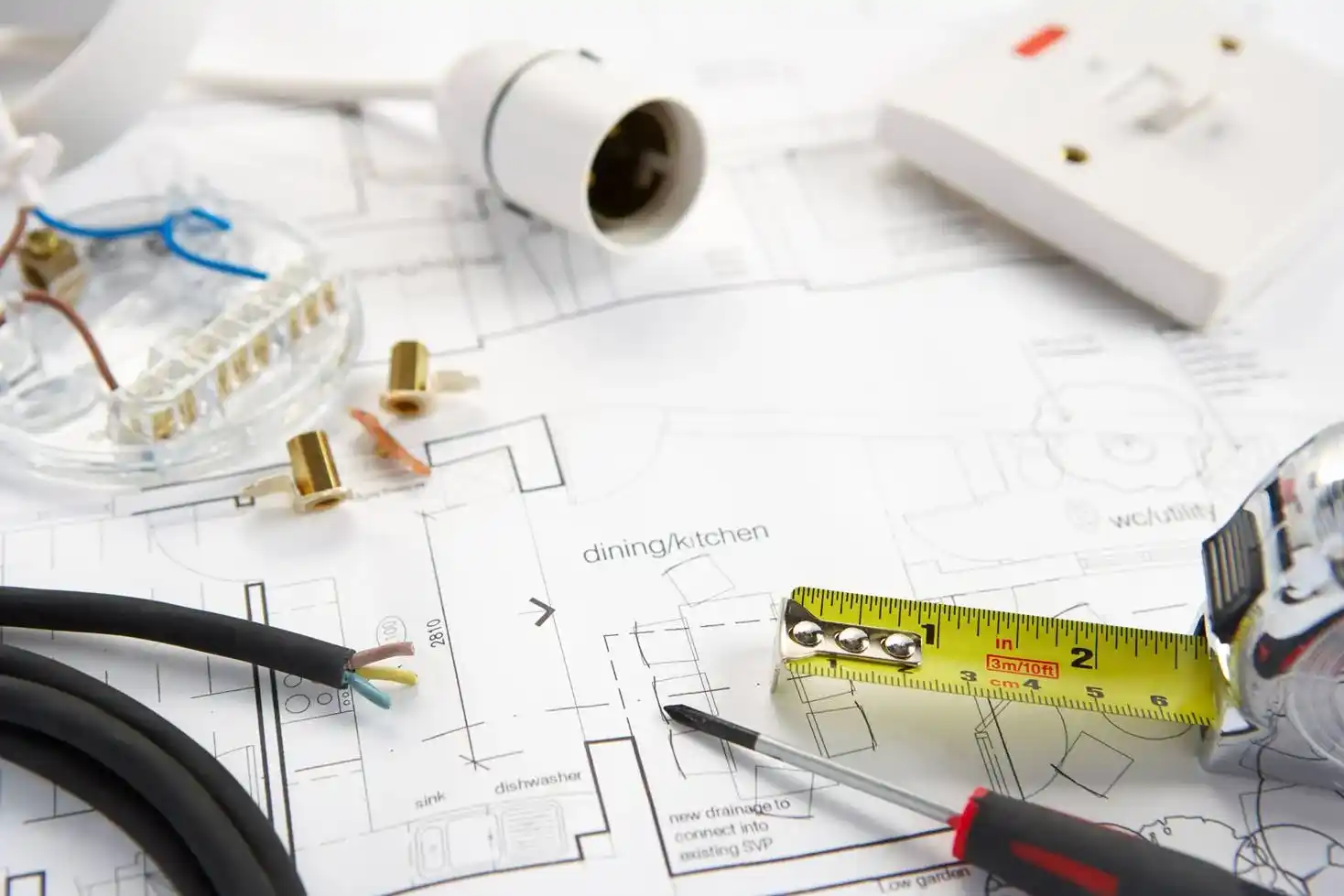Water heaters are household appliances that normally use natural gas or electricity to produce heat, and often include a tank to store hot water. They provide a very important service for modern society, especially in locations with cold winters like New York City. Water heaters represent a significant portion of building energy expenses, so an optimal design is very important to achieve low-cost operation.
The following table summarizes the main types of water heaters:
|
WATER HEATER TYPE |
DESCRIPTION |
|
Tank / storage water heaters Tankless or demand-type water heater Heat pump water heater Solar water heater |
Offer a steady supply of hot water by using a reservoir (storage tank) Heat water directly as it flows through, without storage Extract heat from surrounding air through an inverse refrigeration cycle Use solar radiation, a free source of energy, to provide hot water Extracts heat from the space heating system to heat water |
Traditional tank-type water heaters work with either gas or electricity. They offer a large volume of hot water that can be dispersed throughout your entire home, and typically keep the stored water at a temperature near 120°F at all times. Oil-fired models are also available, but have a higher running cost than gas heaters and pollute more. In addition, NYC is phasing out heavy heating oils by 2030.
Heat pumps also use a storage tank, but differ from conventional electric heaters in the method used to raise water temperature. While conventional heaters apply voltage to an electric resistance, heat pumps are like a refrigerator operating in reverse: they cool the surrounding air to heat the water inside.
Tankless or demand-type water heaters do not store hot water, but rather heat it quickly on demand. These are also available in both gas-fired and electric versions.
How to Select a Water Heater
The selection process for a water heater depends on the specific subtype. For example, tankless heaters must be sized to provide rapid heating in short bursts, while storage heaters can provide a steadier and less intense heat output. Regardless of the type of heater chosen, consider that saving water also saves energy, since there are less gallons to heat per day.
1) Tankless or Demand-Type Water Heater
The first step is to identify the required flowrate in gallons per minute (GPM). To provide an example, consider the following figures from 2010 plumbing standards:
- Bath lavatory sink = 0.5 GPM
- Standard shower = 2 to 2.5 GPM
- Total demand = 3 GPM.
The next step is to determine the temperature rise needed, from the difference between the required water temperature and the incoming water temperature. In this example, if the required temperature is 110°F and the incoming temperature is 57°F, the temperature rise is:
- Temperature rise = 110°F - 57°F = 53°F
In this application, it would be necessary to select a water heater that runs at 3 GPM with a 53°F heat rise. This is very different from conserving water at 110°F inside a tank, since the demand-type heater must achieve the full temperature rise the moment water flows through.
2) Storage-Type Water Heater
The design approach here is different, since this type of heater keeps a reservoir for when hot water is needed. Hot water demand is typically analyzed in gallons per hour (GPH) instead of gallons per minute (GPM). Normally, GPH values come from local plumbing codes, while demand factors and storage factors for commercial and residential occupancies are mentioned in ASHRAE Codes.
Consider the following example:
- Hot water demand = 492 GPH
- Demand factor = 0.3 (for private residences per ASHRAE)
- Storage factor = 0.7 (for private residences per ASHRAE)
- Temperature rise (ΔT) = 100°F
The first step is to determine the required recovery rate, which describes how many gallons of water must be handled by the heater per hour. This value is obtained by multiplying the total hot water demand and the demand factor:
- Recovery rate = 492 GPH x 0.3 = 147.6 GPH
The actual heat input is calculated as follows:
- Heat input (BTU/H) = Recovery Rate (GPH) x ΔT (°F) x Specific Heat (BTU/gal °F)
- Heat input (BTU/H) = 147.6 GPH x 100°F x 8.33 BTU/gal °F = 122,950.8 BTU/H
- Heat input (BTU/H) = 123 MBTU/H (thousand BTU per hour)
The required capacity of the tank is determined by the storage factor:
- Tank capacity = Recovery Rate x Storage Factor
- Tank capacity (gal) = 147.6 GPH x 0.7 = 103 gal
In this application, the the water heater must have a capacity of 123 MBTU/H at 100°F temperature rise and a recovery rate of 147.6 GPH.
Advantages and Disadvantages of Each Heater Type
Like with any engineering decision, water heaters come with distinct advantages and disadvantages. This sections summarizes the strong points of each technology, as well as the limitations.
Storage-type Water Heater
Advantages:
- Lower initial cost – A traditional water heater can cost half as much as a tankless water heater.
- Easy and inexpensive to replace – A simpler installation means there’s less that can go wrong. Maintenance and reparations have a lower cost.
Disadvantages:
- Higher utility bill – Water is heated and reheated at a preset temperature regardless of your hot water needs. This increases your utility bill, especially during the winter.
- Space requirements – They occupy more room and can’t be placed outside.
- Can run out of hot water – Ever been the last in your family to get the shower? It’s a chilling experience. This problem can be avoided by purchasing a larger tank, but this also leads to more energy costs because a larger volume of water must be kept hot.
- Shorter service life – This type of heater lasts 10-15 years. As a result you have to buy them twice as often as tankless water heaters.
Tankless Water Heater
Advantages:
- Saves money in the long run – For homes that use below 41 gallons of hot water per day, demand-type water heaters can be 24–34% more energy efficient than conventional storage heaters.
- Compact and versatile – They are small and can be installed in more places compared with storage heaters, even outside a wall.
- Longer service life – Last 20 years or more, almost doubling a traditional water heater’s service life.
- Deliver hot water on demand – Tankless heaters provide two to three gallons of hot water per minute on demand. This can up to 5 GPM with gas-fired heaters.
Disadvantages:
- Higher initial cost – Cost between $2800 to $4500 installed, depending on the model and supplier.
- Retrofitting adds to upfront cost – Replacing a traditional water heater with a tankless system is more complicated, since the capacity of the electric or gas service entrance must be increased in most cases.
Which Are The Best Applications for Each Type of Heater?
Storage-type water heaters tend to work best when demand for hot water is constant and fluctuating, where low-demand periods can be used to replenish the tank. Some examples of suitable applications are restaurants, commercial areas, residential apartments and hotels.
Tankless water heaters are better suited for applications where the demand of hot water is well-known and occurs occasionally in short bursts. Some suitable applications are remote bathrooms and hot tubs. These heaters are also useful as boosters for dishwashers, clothes washers and other similar appliances. They can also complement solar water heaters that are unable to meet hot water demand by themselves.
If you are considering a new domestic hot water system, the best recommendation is to get professional assistance. This ensures the DHW system will be adequate for the needs of your building.







